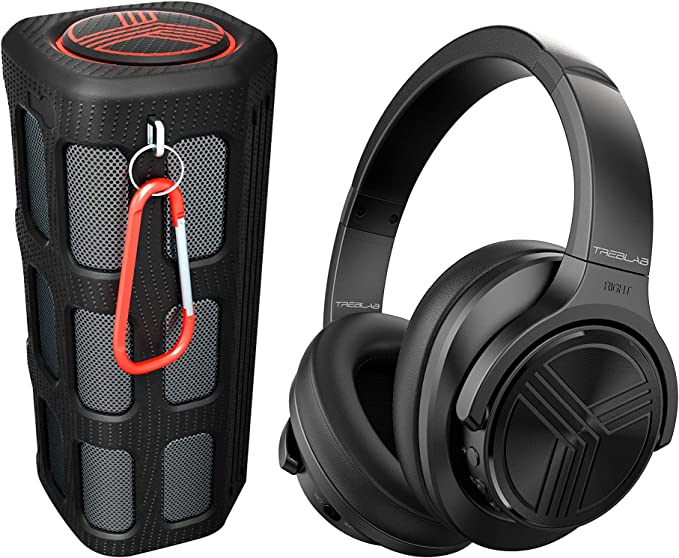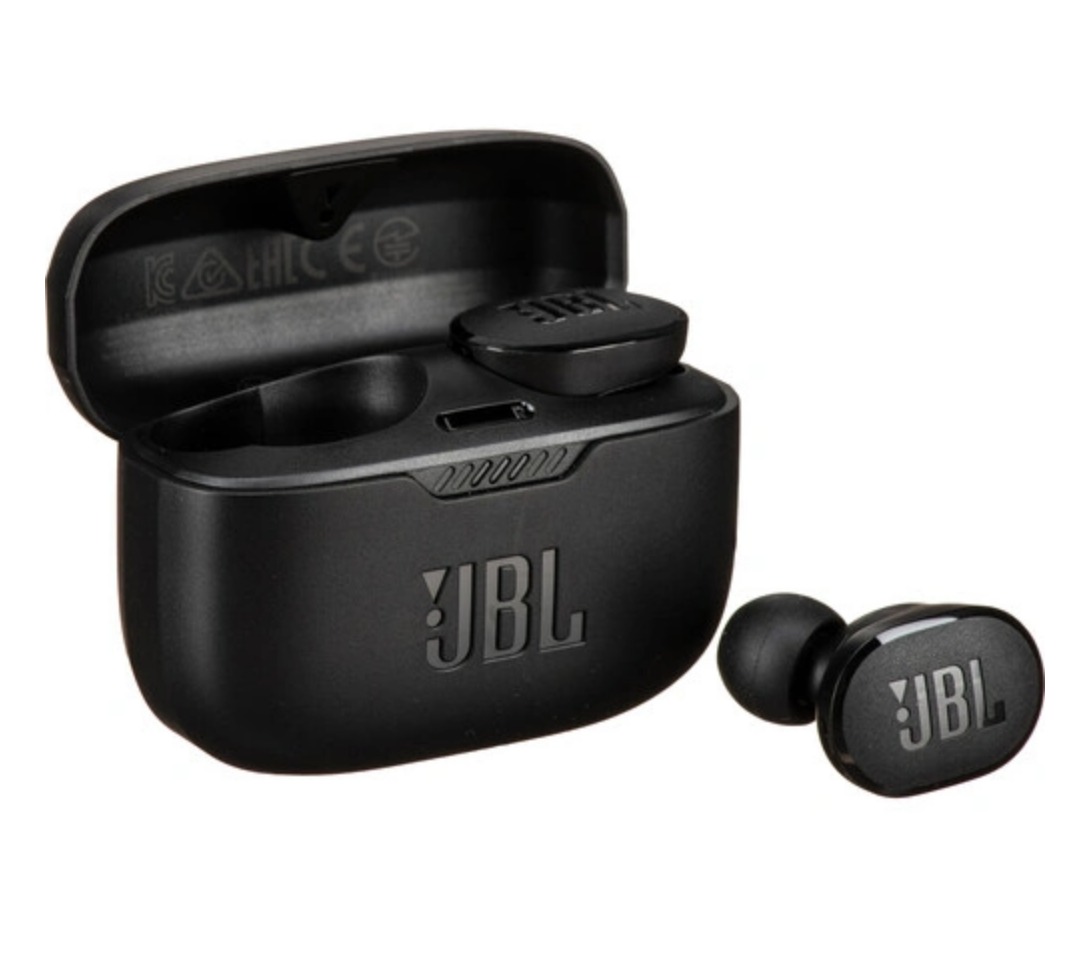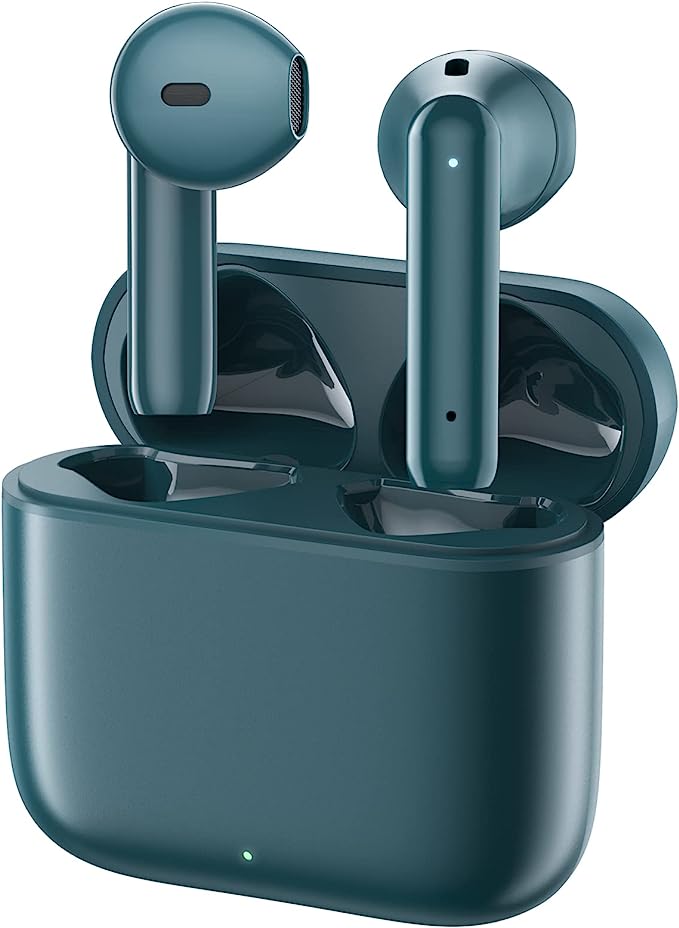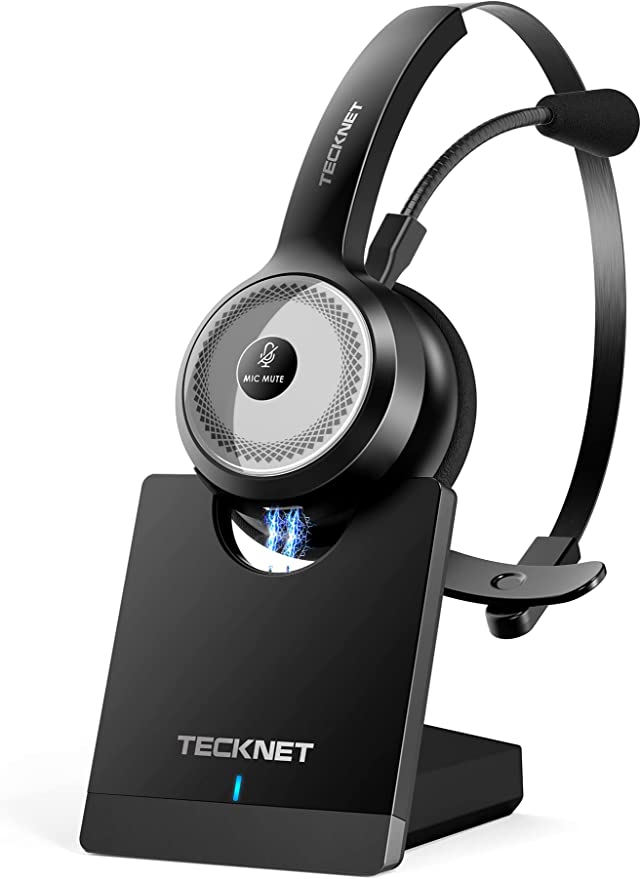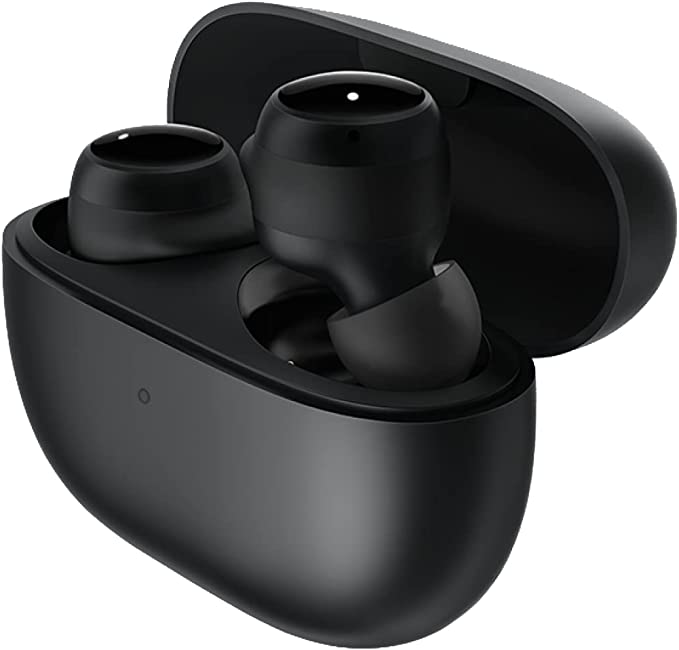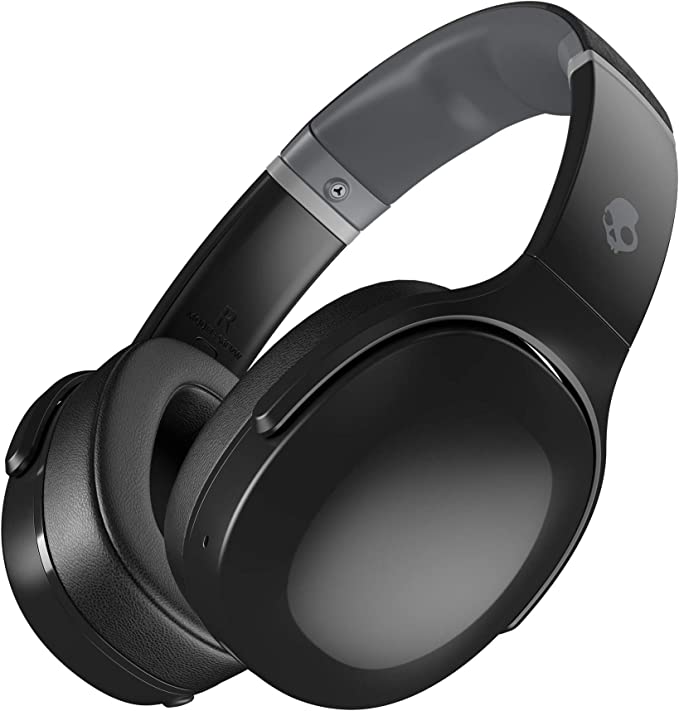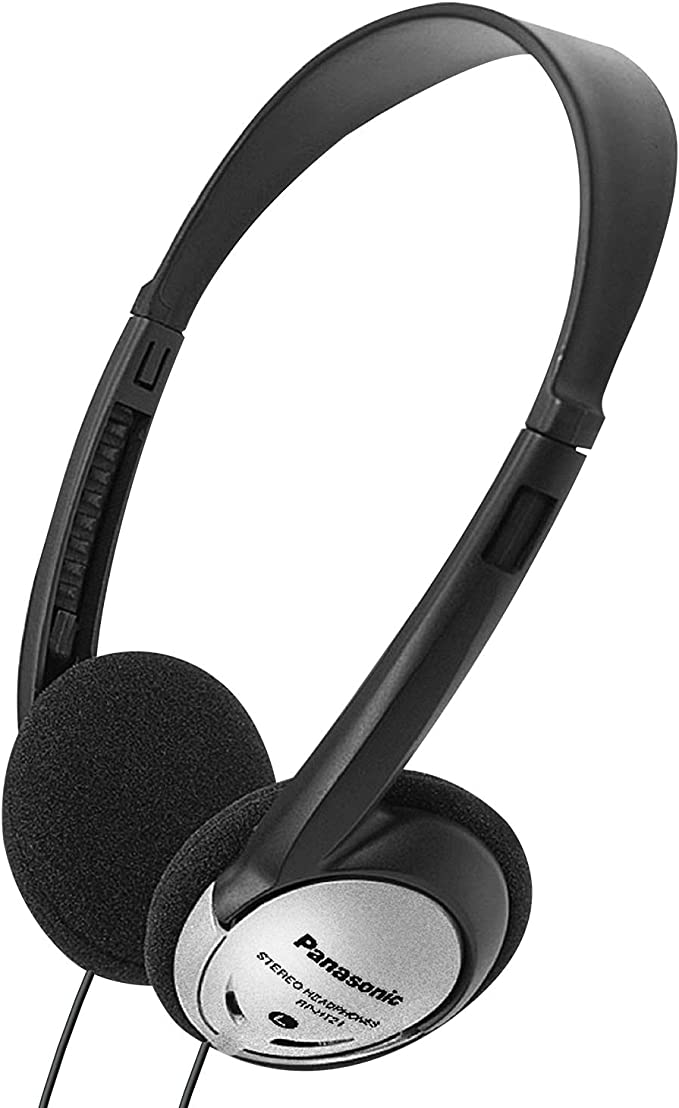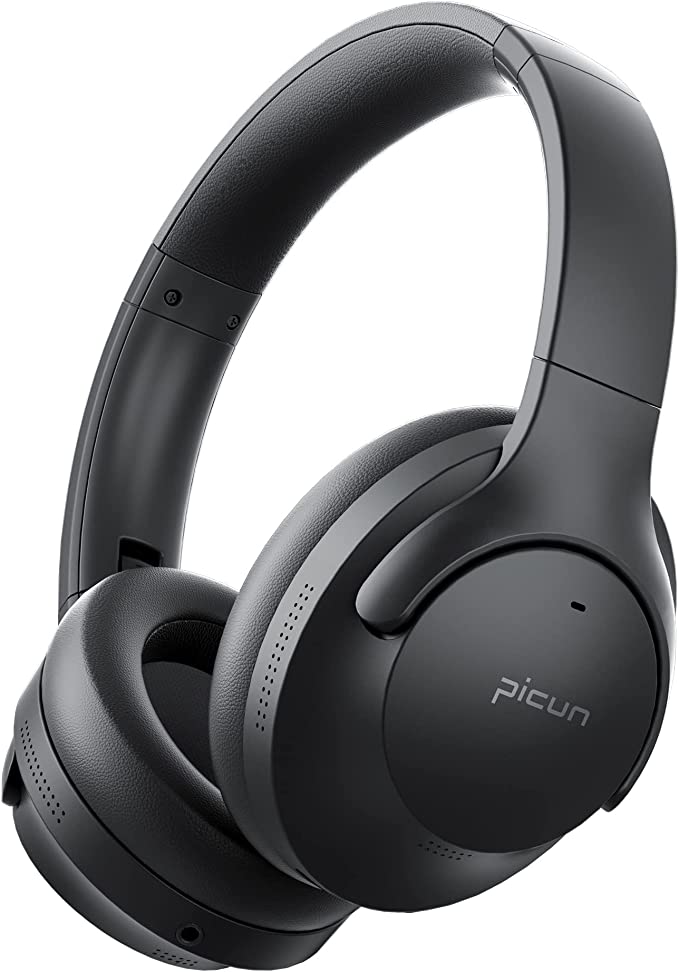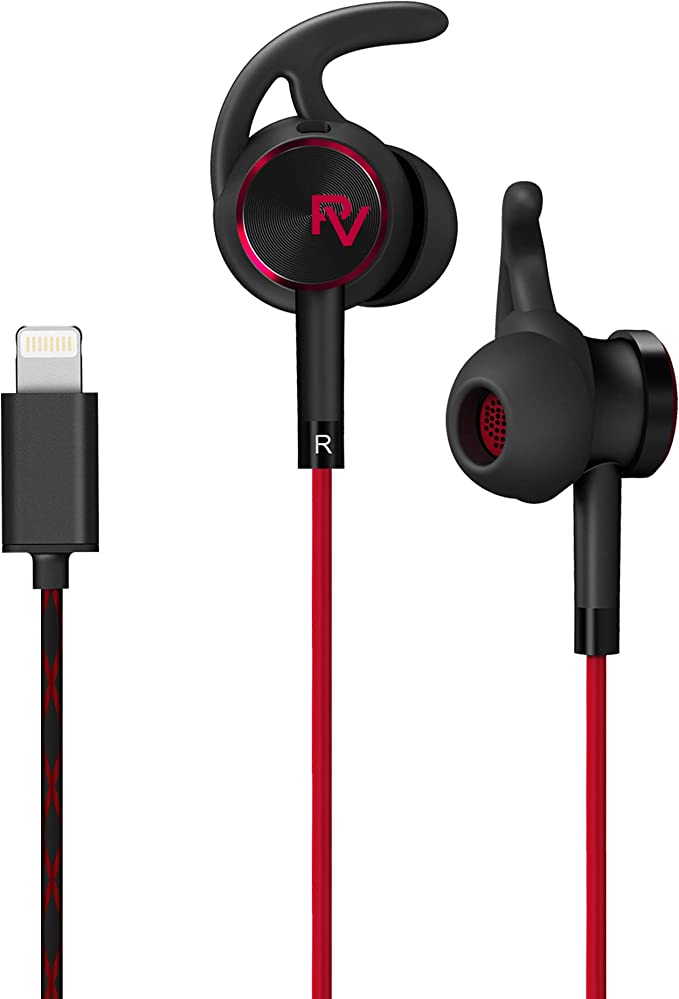Milwaukee M18 PACKOUT Radio + Charger 2950-20: Jobsite Audio & Power Explained
Update on April 4, 2025, 1:22 p.m.
The modern jobsite is a complex environment, a whirlwind of activity often characterized by a cacophony of sounds – the whine of saws, the roar of engines, the percussive rhythm of hammers. Yet, amidst this productive chaos, there’s a growing need for more than just raw power and precision tools. Professionals require reliable communication, access to information, a touch of entertainment to break the monotony, and, crucially, ways to keep their essential digital devices and tool batteries powered up. Dust, debris, impacts, and unpredictable weather add layers of challenge, demanding equipment that is not just functional, but exceptionally resilient.
Simply bringing a standard portable radio or Bluetooth speaker onto a site often proves inadequate. They lack the robustness to survive the environment, their sound can be easily drowned out, and they add yet another item to carry and manage power for. This is the context into which devices like the Milwaukee Radio + Charger M18 PACKOUT 2950-20 step. It aims to be more than just a source of music; it presents itself as an integrated hub, a convergence point for audio, power, and the logistical demands of the professional tradesperson. But how does this ambitious concept translate into reality? What technological principles and design philosophies underpin its attempt to orchestrate sound, power, and organization within the demanding theatre of the jobsite? Let’s delve deeper, moving beyond the surface features to explore the engineering and science at its core.

The PACKOUT Keystone: Beyond Connectivity, Towards Systemic Harmony
Perhaps the most defining characteristic of the 2950-20, setting it apart from standalone jobsite radios, is its full integration into the Milwaukee PACKOUT™ Modular Storage System. This isn’t merely about a convenient way to attach the radio to a toolbox; it represents a commitment to a broader design philosophy that resonates deeply with mobile professionals.
At its heart, the value lies in seamless transport and organization. Imagine starting the day: instead of juggling a separate radio, charger, toolboxes, and personal items, the radio securely clicks onto a stack of PACKOUT containers. Latched together, the entire assembly can be wheeled onto the site as a single unit using a PACKOUT rolling toolbox or cart. At the end of the day, the process reverses. This eliminates multiple trips, reduces the chance of leaving items behind, and keeps equipment consolidated and protected during transit. For contractors, plumbers, electricians, and technicians constantly moving between locations, this systemic approach can translate into tangible time savings and reduced hassle – critical factors in professional efficiency.
Delving into the science of modularity, the concept isn’t new, tracing roots back to standardization efforts in various industries aimed at interoperability and efficiency. Think of it like an industrial-grade version of LEGO bricks. PACKOUT utilizes a system of interlocking cleats and secure latches, likely employing principles of positive locking mechanisms where components physically engage to prevent accidental separation. The load distribution across multiple connection points ensures stability, even when stacking heavy toolboxes. This standardization within the Milwaukee ecosystem means the radio isn’t an isolated accessory but a functional node within a larger, configurable workflow solution. It speaks to a design approach that considers the user’s entire process, not just the isolated function of playing music or charging a battery.
Consider the scenario: a remodeling contractor arrives at a residential job. They wheel in a PACKOUT stack containing their essential tools, fasteners, and the 2950-20 radio securely attached on top. Setup involves unlatching the radio, plugging it in (if AC is available), and instantly having music and a charging station operational. Throughout the day, it provides background audio, charges a spare M18 battery for their drill, and keeps their phone topped up, all while taking up a defined space within their organized system.
The unmatched integration within the Milwaukee ecosystem is the clear advantage here. For users already invested in PACKOUT, the radio becomes a natural extension, leveraging their existing investment. However, this strength also implies a potential drawback for some: the radio itself contributes to the overall bulk and weight of the PACKOUT stack. While the system facilitates transport, the combined weight still needs to be managed, especially when navigating stairs or uneven terrain. Furthermore, its primary benefit is realized by those committed to the PACKOUT system; as a standalone unit, while functional, it loses this key integration advantage over other durable radios.
Engineering Sound for the Chaos: The Acoustics of Construction
Bringing intelligible audio to a construction site is a significant acoustic challenge. The sonic landscape is often dominated by broadband noise (the persistent hum and roar of machinery) and impulsive sounds (sharp, loud noises like hammering or dropping materials). These sounds can easily mask desired audio signals, rendering music muddy or safety instructions unintelligible. The Milwaukee 2950-20 employs several strategies to combat this environment.
The headline feature is its claim of 360-degree sound projection. While the source material doesn’t specify the exact speaker configuration (avoiding the unverified “10-speaker” claim), the goal of such a design is clear: to create a wider, more uniform sound field compared to traditional forward-firing speakers. This might be achieved through multiple speaker drivers oriented in different directions, potentially combined with passive radiators (speaker cones without a voice coil, vibrated by the air pressure from active drivers to enhance bass) or specific acoustic lensing techniques in the grille design. The intention is to ensure that whether you’re working in front of, behind, or beside the unit, the sound remains relatively consistent and audible. This is crucial in dynamic environments where workers are constantly moving.
Beyond speaker configuration, the radio includes standard connectivity options. The AM/FM tuner provides access to traditional radio broadcasts. A quick refresher: AM (Amplitude Modulation) varies the signal’s strength (amplitude) to encode audio, generally offering longer range but lower fidelity and susceptibility to electrical interference (common on jobsites). FM (Frequency Modulation) varies the signal’s frequency, providing higher fidelity and better noise immunity, though its range is typically shorter and more line-of-sight dependent. The inclusion of both caters to different needs and broadcast availability.
Bluetooth connectivity is arguably the more frequently used audio source today, allowing users to stream music, podcasts, or calls directly from their smartphones. The specific Bluetooth version isn’t stated in the source material, nor is the supported audio codec. It’s highly probable that it uses the standard, universally compatible SBC (Subband Codec). While functional, SBC is a relatively basic, lossy codec, meaning audio data is compressed in a way that permanently discards some information to reduce file size. For critical listening, this can result in a noticeable loss of audio fidelity compared to higher-quality codecs like AAC (used by Apple devices) or aptX. However, for a jobsite radio where durability, volume, and clarity over noise are often prioritized above audiophile-level nuance, SBC is generally considered adequate and ensures broad device compatibility.
Imagine the scenario: on a large outdoor construction site, the 2950-20 is placed centrally. Workers moving around the perimeter can still hear background music or important radio updates without having to constantly reposition the unit. During a quieter moment inside, a mechanic streams a technical podcast via Bluetooth while working under a vehicle.
User feedback reflects the complexity of jobsite audio. Comments range from “top notch sound” and “clear” to “loud enough for only one small room.” This disparity highlights several factors: the subjectivity of sound perception, the vastly different acoustic environments encountered (an enclosed workshop vs. an open field), the type of audio being played, and individual expectations. A radio loud enough for one person might be insufficient for another working further away or amidst louder machinery. The 2950-20 appears to aim for a balance, likely prioritizing projection and clarity in the mid-to-high frequencies (important for speech intelligibility) over deep, rumbling bass, which is easily lost in noisy environments anyway. The basic two-band equalizer (bass/treble) offers only rudimentary tonal adjustment.
The Power Nexus: Charging Tools, Devices, and Expectations
In today’s connected world, maintaining power for both professional tools and personal devices is non-negotiable. A dead M18 battery halts work; a dead phone cuts off communication, access to plans, or even emergency contact. The 2950-20 positions itself as a jobsite power hub by integrating charging capabilities.
The most significant power feature is the integrated M18™ Battery Charger. This allows users to charge any Milwaukee M18 battery directly in the unit. The convenience is undeniable – instead of carrying a separate M18 charger, professionals can simply slot a depleted battery into the radio while continuing to work with another. This leverages the existing M18 battery ecosystem many Milwaukee users are already invested in.
However, understanding the science of Lithium-Ion battery charging is crucial here. High-capacity batteries like those in the M18 system require precise charging protocols. This involves carefully controlling voltage and current through different charging stages (Constant Current, Constant Voltage) to maximize battery life and prevent damage or overheating. This process is managed by a sophisticated BMS (Battery Management System), both within the battery itself and often complemented by the charger. Efficiently and safely delivering the necessary power for this process typically necessitates a stable, higher-power input source. This is why, as user feedback critically points out, the M18 charging function on the 2950-20 only operates when the radio is plugged into an AC wall outlet. It cannot charge an M18 battery while running solely on another M18 battery’s power. This is a significant limitation for users expecting a truly portable, off-grid M18 charging solution. It functions as a charger when AC power is available, essentially saving you from carrying a separate charger, but it’s not a power bank for M18 batteries.
Complementing the M18 charging is a USB Charging Port. This ubiquitous feature allows users to top up smartphones, tablets, or other USB-powered devices. The port draws power either from the AC input or from an installed M18 battery (acting as a power source in this mode). The provided information doesn’t specify the output current (Amperage) or voltage of this port. Standard USB Type-A ports typically output 5 Volts at currents ranging from 0.5A to 2.4A. Without explicit specs, it’s reasonable to assume it provides standard charging speeds, likely not the rapid charging capabilities offered by dedicated USB PD (Power Delivery) or Quick Charge systems found in modern wall adapters. Still, for keeping a phone alive through the workday, it’s a highly valued convenience.
A thoughtful addition is the sealed storage compartment, often highlighted positively by users. This protected space, typically located near the battery bay, provides a safe haven for a smartphone, keys, or other small valuables, shielding them from sawdust, dirt, and moisture while potentially charging via the USB port.
Consider the scenario: An electrician working on a site without easily accessible outlets relies on M18 batteries for their tools and the radio’s playback. Their phone battery runs low. They can plug it into the radio’s USB port, drawing power from the installed M18 battery to keep it operational. Later, during a lunch break near an AC outlet, they plug the radio in, allowing it to simultaneously charge the M18 battery inside it and continue charging their phone via USB. The need for two AAA batteries (sold separately) just to maintain the clock’s memory when unplugged is a minor, slightly dated inconvenience stemming from the lack of non-volatile memory for this simple function, but a point noted by users.
Ultimately, the 2950-20 acts as a convenient power nexus when AC is present, consolidating M18 and USB charging. When off-grid, its power utility is limited to USB charging from an M18 battery, not charging the M18 battery itself. Understanding this distinction is key to managing expectations.
Built Like a Milwaukee: Durability as a Design Pillar
The Milwaukee brand name is synonymous with tools built for demanding professional use, and the 2950-20 outwardly embodies this philosophy. Durability isn’t just a feature; it’s a foundational requirement for any equipment intended to survive the rigors of a jobsite.
The radio’s chassis is integrated into the PACKOUT™ system structure, inherently benefiting from the robust design language of that line. This typically involves the use of impact-resistant polymers. Common choices in high-end tool housings include ABS (Acrylonitrile Butadiene Styrene), known for its toughness and rigidity, and Polycarbonate (PC), valued for its exceptional impact strength and temperature resistance. Often, manufacturers use a blend (PC/ABS) to optimize for multiple properties. These materials are chosen for their ability to absorb and dissipate energy from drops and impacts, protecting the sensitive electronics and speakers within. The design likely incorporates reinforcing ribs, protective corner bumpers, and a generally overbuilt construction compared to consumer-grade audio devices.
The claim of “Waterproof” found in the source data’s tags requires careful consideration. Without a specific Ingress Protection (IP) rating provided by Milwaukee, this term can be ambiguous. An IP rating (e.g., IP54, IP67) provides a standardized measure of protection against solids (first digit) and liquids (second digit). For instance, IP54 signifies dust protection and resistance to water splashes from any direction. IP67 indicates dust-tightness and protection against temporary immersion in water. Given the jobsite context and typical Milwaukee product ratings, it’s more probable the 2950-20 offers a degree of water resistance (like IPx4) rather than being fully waterproof (like IPx7). This means it should handle rain, splashes, and damp environments, but likely isn’t designed for submersion. Achieving water resistance involves careful design of seams, use of gaskets and seals around openings (like the battery compartment and storage bay), and potentially conformal coatings on internal circuit boards. Until an official IP rating is confirmed, users should treat it as water-resistant, capable of shrugging off typical jobsite moisture but not designed for a dunking.
Imagine the scenario: The radio is accidentally knocked off a workbench onto a concrete floor. Its rugged housing absorbs the impact. Later, a sudden rain shower begins; the crew quickly covers most tools, but the radio gets wet. Its weather-resistant design prevents moisture from damaging the internal components. Sawdust inevitably coats it throughout the day, but the sealed compartments keep the phone and battery contacts clean.
User comments consistently affirm the radio’s “solid build” and perceived durability. This tactile sense of robustness is a significant selling point for professionals who need tools they can rely on day after day. However, this resilience comes at a cost: weight. The base unit weighs 4 pounds according to the source, and adding a common M18 5.0Ah battery (around 1.4-1.6 lbs) brings the total operating weight to roughly 5.5 pounds or more. While the PACKOUT integration aids transport within the system, carrying the radio solo requires some heft, a trade-off inherent in prioritizing ruggedness over ultimate portability.

The Full Composition: Harmony, Dissonance, and the Conductor’s Choice
Synthesizing the various elements, the Milwaukee PACKOUT Radio + Charger 2950-20 emerges as a complex instrument designed for a very specific orchestra: the modern jobsite. Its strengths lie in the harmonious integration of multiple essential functions – audio playback, tool battery charging (under specific conditions), device charging, and secure storage – all unified within the logistical framework of the PACKOUT system. The 360-degree sound concept aims to fill the workspace with audio, while its robust construction promises resilience against the inevitable knocks and environmental hazards. For the professional deeply embedded in the Milwaukee M18 and PACKOUT ecosystem, this synergy offers compelling value by consolidating equipment, streamlining workflow, and leveraging existing battery investments.
However, no composition is without its points of dissonance. The M18 charging feature, while convenient, is tethered by its absolute dependence on AC power, a significant limitation that dampens its utility as a truly mobile charging solution. The unit’s considerable weight, a byproduct of its durable build and integrated components, impacts standalone portability. Audio performance, while generally praised for clarity and jobsite suitability, faces subjective critique and lacks the finer controls or high-fidelity codecs desired by discerning listeners. Furthermore, the absence of features like USB music playback or an auxiliary input, the fixed power cord, and the slightly anachronistic need for AAA batteries for clock memory represent compromises in its feature set. The ambiguity surrounding the exact IP rating also leaves a question mark regarding its true level of water protection.
Ultimately, the decision to incorporate the 2950-20 into one’s toolkit rests with the conductor – the end user. This device is not trying to be the ultimate portable Bluetooth speaker, nor is it the most flexible off-grid battery charger. Its identity is firmly rooted in being a multi-functional jobsite workhorse. It resonates most strongly with professionals who prioritize:
- System Integration: Seamless compatibility with their existing PACKOUT setup is paramount.
- Durability: They need equipment that can reliably withstand harsh conditions.
- Consolidation: They value reducing the number of separate items (radio, charger, speaker) they need to manage.
- M18 Ecosystem: They are already invested in Milwaukee’s M18 battery platform.
For these users, the limitations may be acceptable trade-offs for the convenience and robustness offered. For others – perhaps those seeking higher fidelity audio, true off-grid M18 charging, lighter weight, or specific features like Aux input – other dedicated devices might be a better fit.
In conclusion, the Milwaukee PACKOUT Radio + Charger 2950-20 stands as a powerful example of system-based design applied to the unique demands of the professional trades. It’s a complex, feature-rich device that attempts, with considerable success but also notable limitations, to bring a measure of order, entertainment, and utility power to the often chaotic symphony of the modern worksite. It’s less a solo instrument and more a vital, integrated section within the larger orchestra of Milwaukee tools.

